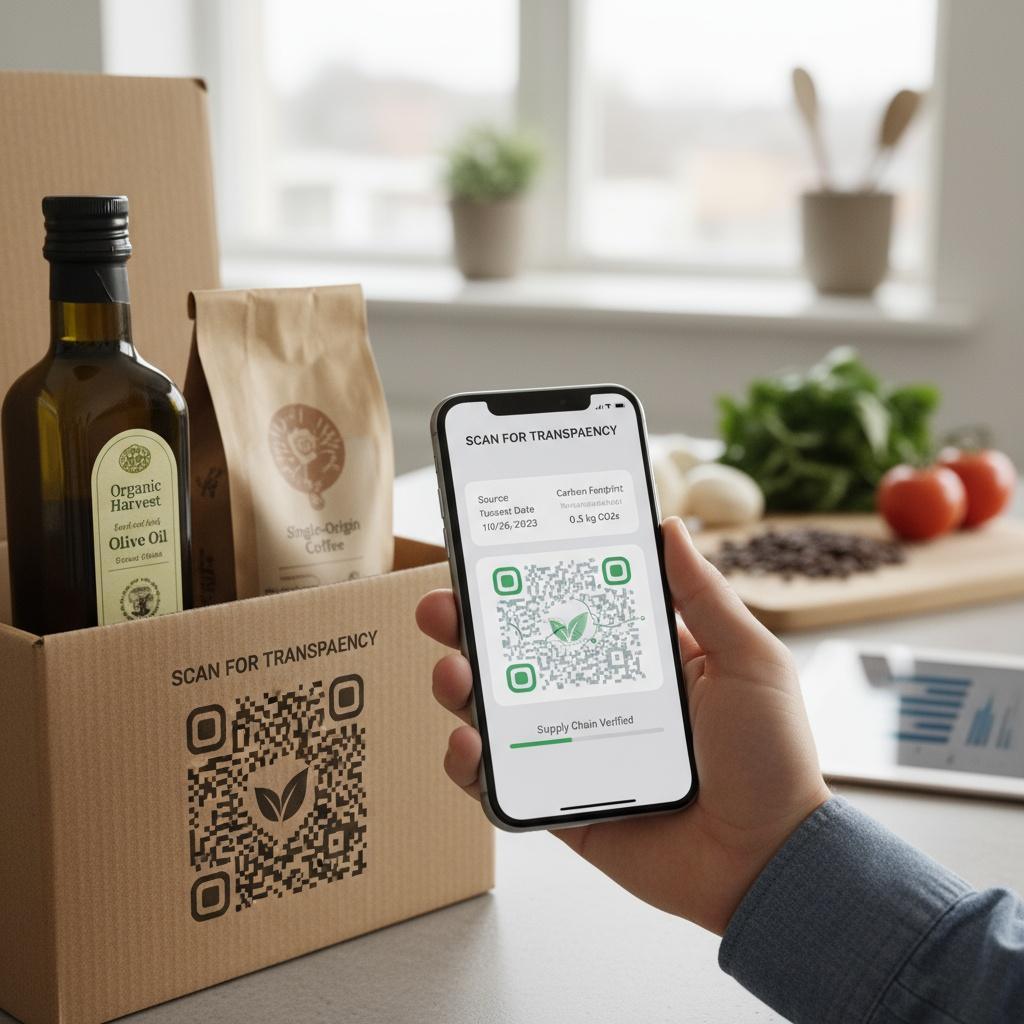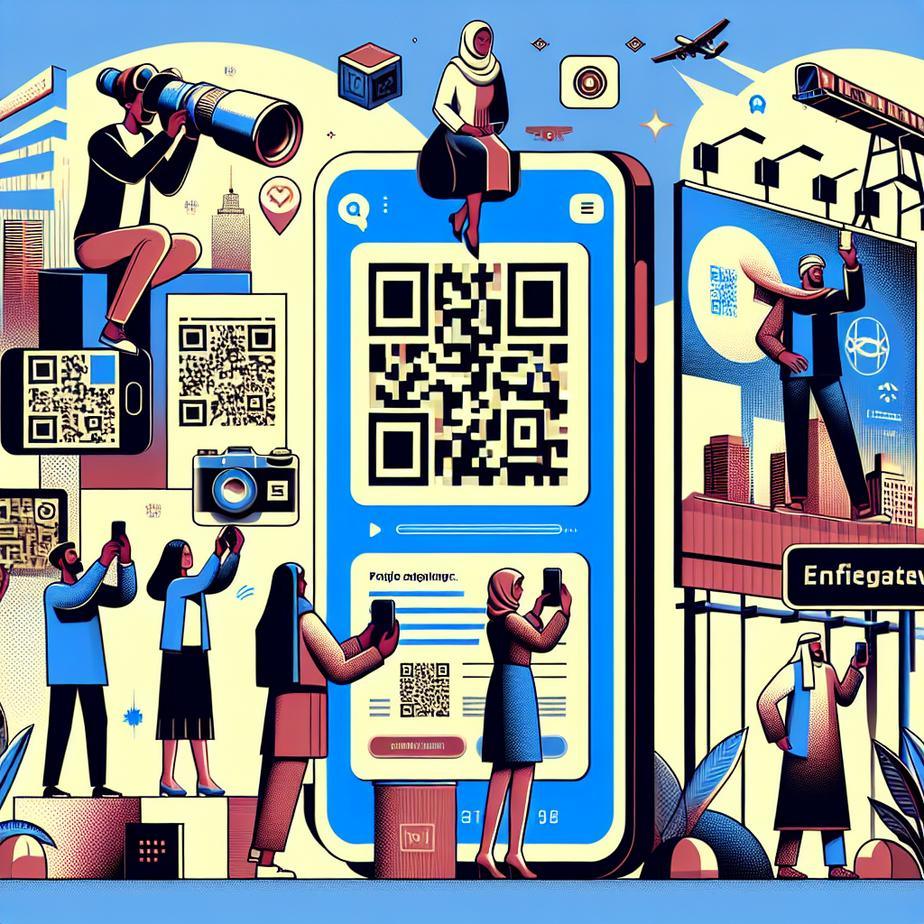

In today’s fast-evolving marketing landscape, integrating digital transformation tools such as QR codes into traditional print media has become a powerful way for businesses to bridge the offline and online worlds. Flyers, posters, and billboards augmented with QR codes create interactive touchpoints that enhance customer engagement and provide measurable marketing results.
QR codes in business offer a seamless method to connect physical advertisements to digital content instantly. With smartphones embedded into daily life, consumers expect quick access to information. By embedding QR codes in printed materials, brands open doors to exclusive offers, videos, landing pages, and contactless purchases, dramatically elevating the user experience beyond static visuals.
Flyers are traditionally a one-way communication tool, but QR codes introduce an element of interaction. By placing a QR code on a flyer that directs users to a promotional landing page or a video demonstration, companies can extend their message and measurably increase conversion rates. To optimize engagement, it’s crucial to include clear calls to action—such as “Scan to get 20% off”—which encourages users to take immediate action.
Posters placed in strategic locations can attract foot traffic and stimulate curiosity. Incorporating QR codes on posters allows brands to offer additional content like event registrations, interactive polls, or augmented reality experiences. This enriches the user journey by making the print media part of a broader, interactive ecosystem. Colors and design elements of the QR code can be customized to maintain brand consistency without compromising scanability.
Billboards operate on a larger-than-life scale and present unique challenges for QR code usage, such as distance scanning and quick viewer attention spans. To overcome this, QR codes on billboards should be prominently large, placed at eye-level spots, and designed for high contrast and easy visibility. These QR codes typically link to websites with product launches, app downloads, or immersive AR experiences, turning a fleeting glance into a lasting digital interaction.
One of the significant advantages of QR codes is their trackability. Marketers can assign unique QR codes to different print placements—flyers, posters, or billboards—to collect data on scan rates, locations, and device use. This data empowers companies to refine campaigns in real-time and better allocate marketing budgets based on proven engagement metrics, making QR codes a vital tool in data-driven modern marketing strategies.
To maximize QR code utility, businesses should ensure the codes are of sufficient size (generally at least 2 x 2 cm on flyers and proportionally larger for billboards), presented with high contrast against backgrounds, and paired with persuasive text instructions. Testing the QR code’s scannability across different devices before final printing prevents user frustration. Additionally, dynamic QR codes enable marketers to update landing pages or campaign content without reprinting materials, enhancing agility.
For further reading on how QR codes elevate print marketing strategies, consider exploring expert insights from WeAreTG’s comprehensive guide on QR code marketing and QR Code Generator’s article on flyers with QR codes. Additionally, Brevo’s marketing blog offers valuable perspectives on QR codes as core digital transformation tools in business.
In conclusion, integrating QR codes into flyers, posters, and billboards epitomizes a modern marketing strategy that marries traditional print’s wide reach with digital’s interactivity and data capabilities. By thoughtfully implementing QR codes with clear calls to action, design considerations, and tracking mechanisms, businesses can foster deeper customer connections, enhance brand experiences, and achieve measurable campaign success in an increasingly connected world.